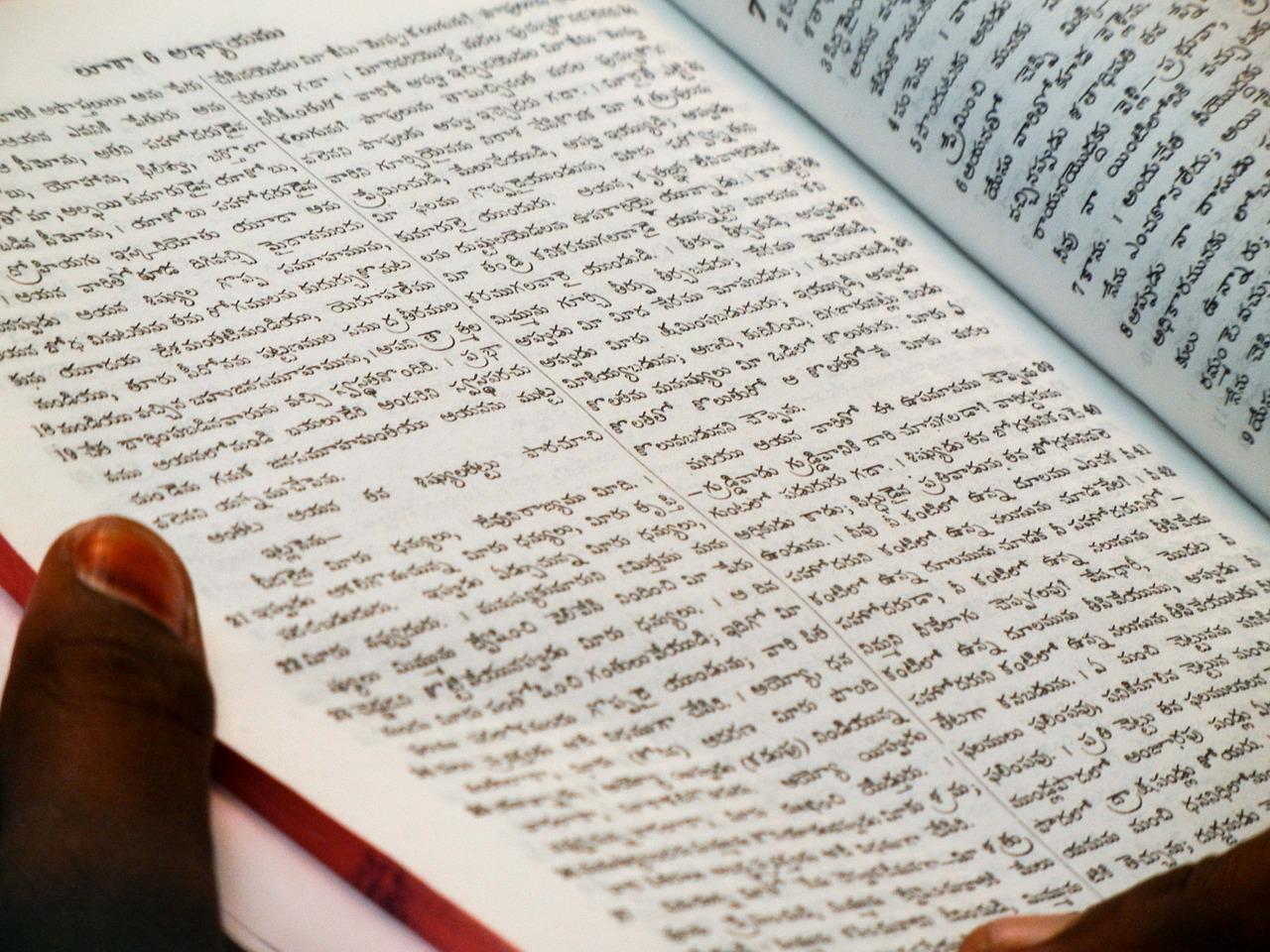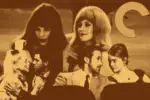Nearly all media is dominated by language. Books and films offer little (if any) entertainment value for those who can’t understand the written text and spoken dialogue. Music and video games are slightly more accessible in this regard, yet lyrics and stories can only be fully appreciated by fluent speakers. For these reasons, translations are essential, because they remove the language barrier and bring media to a wider audience. Despite their importance, translators rarely receive recognition for their work, likely due to most readers and filmgoers underestimating the challenges of translation. While it’s often viewed as a simple conversion from one language to the other, the translation process involves far more obstacles and creative decisions than most people realize.
Trials in Translations
The goal of translation is often assumed to be remaining as accurate as possible to the source material. Countless novels and television series that received critical acclaim in their home countries failed to make the same impact overseas due to poor translations. Some cases were heavily abridged, contained nonsensical lines or delivered an abysmal blend of both. The infamous 1873 English translation of Jules Verne’s “20,000 Leagues Under the Sea” is one such example, as it omitted large sections of the story and added multiple factual inaccuracies not found in the original novel. Additionally, this version contained significant mistranslations, such as adapting “les mauvaises terres” (the badlands) as “the disagreeable territory.” The standards for translations have significantly improved since the 19th century, but plenty of modern novels still suffer from the same pitfalls as this early example.
However, placing too much focus on accuracy can be just as harmful to the quality of a translation. Different languages operate according to their own distinctive grammatical rules. Similarly, most languages contain words that have multiple definitions and synonyms, such as the English words “cool” and “date.” Finally, puns and idioms are tied to their respective languages, making them nearly impossible to directly translate without losing their original meanings. Saying someone is “beating around the bush” during a conversation makes sense to English speakers but will likely confuse readers of other languages.
As a result, wholly accurate translations (called “gloss” or “literal” translations) frequently suffer from stilted-sounding prose, making them a rarity in modern literature. Many of the best translations strive to convey the authorial intent and emotions of the original text rather than the exact words. They often take significant creative liberties with sentence structure and grammar but do a much better job at matching the original author’s tone and voice.
Rachel Cooke describes these approaches through a comparison of two separate translations of Françoise Sagan’s “Bonjour Tristesse.” The original 1955 translation by Irene Ash opens with the following line from its narrator: “A strange melancholy pervades me to which I hesitate to give the grave and beautiful name of sadness.” Despite its melodrama, the opening immediately characterizes the narrator as immature yet impassioned, while simultaneously setting a somber tone for the rest of its story. Ash exercised some creative liberties when adapting the French text, but her understanding of the narrative immediately shines within this first line.
In contrast, Heather Lloyd’s 2013 translation attempts to be more faithful to the original French prose, albeit with mixed results. Her translation changes nothing about the story’s content, but its less thoughtful delivery is immediately noticeable from the beginning: “This strange new feeling of mine, obsessing me by its sweet languor, is such that I am reluctant to dignify it with the fine, solemn name of ‘sadness.’” Lloyd’s translation doesn’t outright ruin the book, but its unnecessary verboseness muddles Sagan’s intended message. When comparing the two translations, Ash’s emphasis on artistry over accuracy is clearly the better choice.
While examples like “Bonjour Tristesse” prove literal translations can lead to rough results, some differences in language are truly impossible to directly translate. Haruki Murakami’s “Hard-boiled Wonderland and the End of the World” presents its narrative through the perspective of two different narrators. To distinguish the two speakers from each other, Murakami wrote their parts with different first-person pronouns. The narrator for the odd-numbered chapters uses the pronoun “watashi,” whereas the speaker in the even-numbered chapters refers to himself with the less formal “boku.” However, this created a problem for the book’s English translation, since the language’s only first-person pronoun is “I.”
Translator Alfred Birnbaum decided to differentiate the two characters in a creative manner. Rather than changing pronouns, he wrote the odd-numbered chapters in past tense and the even-numbered ones in present tense. It’s an odd solution that required more effort than a traditional translation would have required, but Birnbaum’s adaptation preserves Murakami’s surreal writing and world-building without compromising on its quality.
Just as with language quirks and differences, translators also frequently struggle to adapt cultural terms and phrases for foreign audiences. Translators may sometimes leave these words in their original language (a practice known as foreignization) and attach a footnote to explain their meaning. However, footnotes can seem disruptive in the middle of a story, which is why many fiction writers hesitate to use them. The alternative is domestication, a practice that involves using words with similar meanings rather than exact equivalents. With puns and idioms, the translator might replace the line with a completely different sentence that carries a comparable connotation. Individual words are much more difficult to adapt, as some have equivalents in various languages while others embody concepts that are completely exclusive to their dialect.
Amira D. Kashgary discusses examples of the latter case through the Arabic words “halal” and “haraam.” Although they can be loosely translated into English as “permissible” and “forbidden,” respectively, these definitions don’t carry the same significance as the original words. Beyond these basic meanings, halal and haraam refer to the specific practices and customs that are permitted or forbidden by Islamic law. These individual terms require the reader to understand their social implications, which makes stories that are deeply rooted in foreign cultures some of the hardest to translate for unfamiliar audiences.
Translation in Audiovisual Mediums
Translating movies and television series can be an overwhelmingly daunting task. When writing subtitles, translators try to stick as closely to the original script as possible. Along with the common problems of stilted and confusing writing, this format leaves hardly any opportunities for translators to explain cultural terms or jokes. Fan-made subtitles (often called fansubs) sometimes include translator’s notes at the top of the screen, but some viewers might find these notes more disruptive than helpful. As a result, most professional translations use these sparingly or omit them entirely. Rather, it’s more common for cultural terms to be left untranslated, and language-dependent jokes are often reworked or completely replaced in the subtitles.
The translation process for audio dubs is even more complex and restrictive due to the additional challenge of ensuring newly recorded audio fits preexisting footage. This prevents dub scripts from relying on word-for-word translations, instead encouraging them to make creative alterations. This sometimes takes the form of localization, or changes meant to appeal to the dub’s new audience. At best, a localization produces natural-sounding dialogue or finds ways to enhance the source material. However, some attempts at localizing alter too much in a misguided attempt to pander to younger viewers or “fix” the original narrative. Even if the translation boasts a decent script, poor voice-acting can undermine the entire dub. Fortunately, recent dubs have managed to avoid these issues by hiring experienced translators and voice actors to meet the industry’s increasing standards of quality.
Many songs also receive translations for other languages. This is easily one of the most difficult forms of translation, as the new version must stylistically match its source material in nearly every regard aside from the different lyrics. To ensure the song retains the same sound and does not disrupt the original tempo, translators must write each line with the same syllable count and word placement. François Buhler delves even further into the complexities of adapting music translation, and in his paper, he notes that one of the largest obstacles in the process is the differences in accentuation between languages. Some languages like French will place the most stress on the end of a sentence, whereas others like German start with stressed consonants. These vocal and mechanical differences lead to even more difficulties for translators to replicate the sound of the original songs.
Compared to other mediums, accuracy isn’t as important in music translations. Many try to retain the same meaning as their original versions, but the difficulty of retaining both the sound and substance of a song leads most translations to use completely unrelated lyrics. Laura Branigan’s remake of Umberto Tozzi’s “Gloria,” as well as Paul Anka’s (or Frank Sinatra’s, depending on who you ask) “My Way” — the English-language cover of Claude François’s “Comme d’habitude” — present drastically different lyrics than their original counterparts. However, some translations come close to the original lyrics, as is the case for the English renditions of Nena’s “99 Luftballons” and Peter Schilling’s “Major Tom.” The latter examples may not be completely accurate translations, but they perfectly illustrate the effort and occasional compromises that translators bring to every project.
Adapting More than Words
Regardless of the format, the translation process isn’t limited to words. Whether it’s music, meaning or authorial style, the translator must deeply understand and convey the fundamental elements of each work to a new audience. Even with recent advancements in artificial intelligence that can automatically translate text and subtitles, modern technology is still years away from emulating the nuance and artistry found in the prose of professional translators. Despite being a field that’s defined by expertise and adversity, translators remain overlooked and underappreciated. However, with non-English films and literature becoming more prominent in the American mainstream thanks to streaming services and social media, we will hopefully see change in the near future.

















